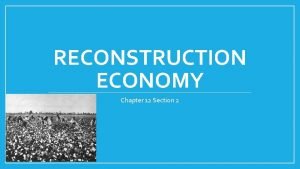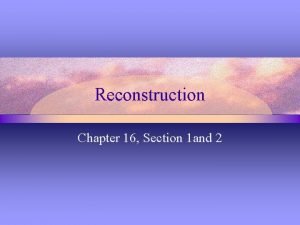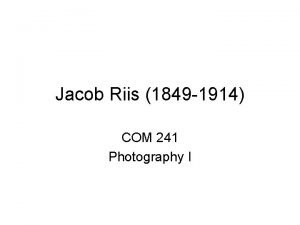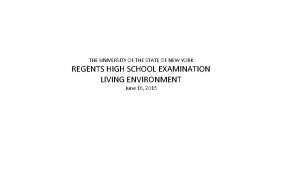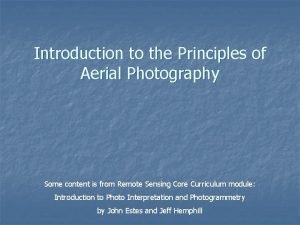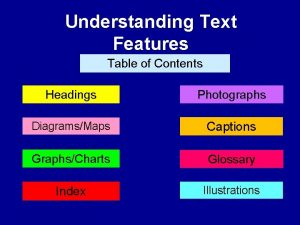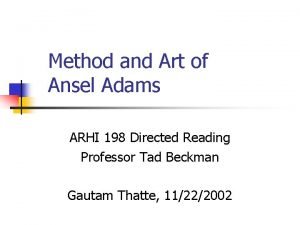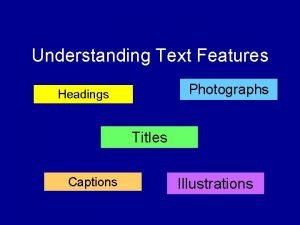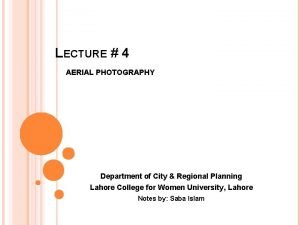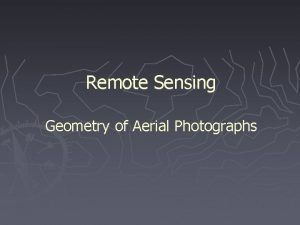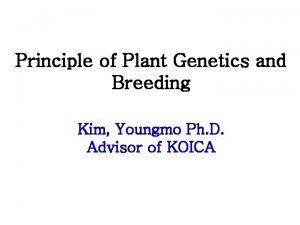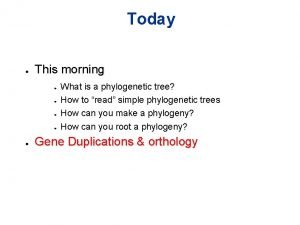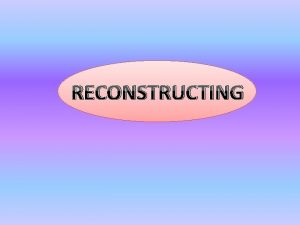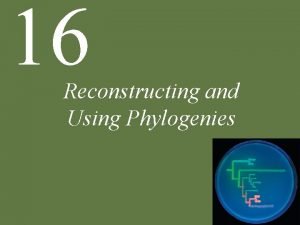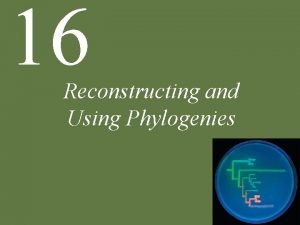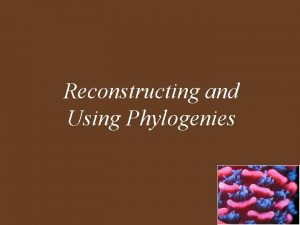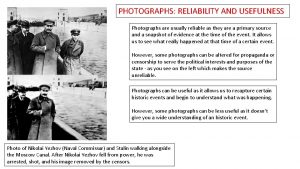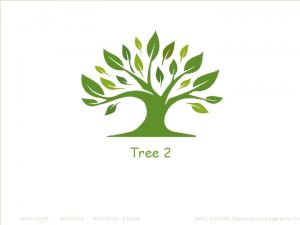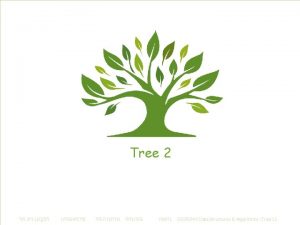Reconstructing 3 D Tree Models from Instrumented Photographs















- Slides: 15

Reconstructing 3 D Tree Models from Instrumented Photographs Ilya Shlyakhter , Max Rozenoer, Julie Dorsey, and Seth Teller Massachusetts Institute of Technology IEEE Computer Graphics and Applications 2001

Realism • The realistic modeling of vegetation is an important problem in computer graphics. • Vegetation adds a significant dimension of realism to a scene. • Improve realism in architectural landscapes by trees.

• Many techiques and modeling package have been developed for contructing a tree of a particular type (Tree Professional Software, Max. Trees etc. (. • Variation between two tree of single type can be very significant, depending on factors (growth conditions - sunlight, human intervention - pruning branch(

• The techniques and packages currently available don’t provide sufficient control over the final shape. • The author proposed a solution for reconstructing a faithful 3 D model of foliaged tree from a set of instrumented photographs.

System Details • The system consists of four stages. • The input is a set of images of a tree, 415 images covering at least 135 degree around the tree • Assume the position and orientation for each image is known.

Stage • • : 1 Image segmentation : 2 Visual hull construction : 3 Skeleton construction : 4 L-system








Future work • Involves tree-specific knowledge into the algorithm. • Recover foliage density in the tree. • The resulting skeleton often differs greatly from the actual one. Adding constraints based on knowledge of growth patterns for particular tree types should mitigate this problem.

Future work (cont(. • The L-system used for reconstruction should be tree-type specific. • No work has been done on reconstructing the nonfoliaged winter trees.
 Chapter 12 section 2 reconstructing society
Chapter 12 section 2 reconstructing society Chapter 12 section 2 reconstructing society
Chapter 12 section 2 reconstructing society Mullen's alley
Mullen's alley Which organism
Which organism Central projection in aerial photographs
Central projection in aerial photographs Text features photographs
Text features photographs Ainsley adams pornstar bio
Ainsley adams pornstar bio Raman wants to send a few photographs
Raman wants to send a few photographs And i shall
And i shall Headings and captions
Headings and captions High oblique photographs
High oblique photographs Take only photographs leave only footprints
Take only photographs leave only footprints Geometry of aerial photography
Geometry of aerial photography Semimodals
Semimodals Difference between plus tree and elite tree
Difference between plus tree and elite tree Gene tree vs phylogenetic tree
Gene tree vs phylogenetic tree
